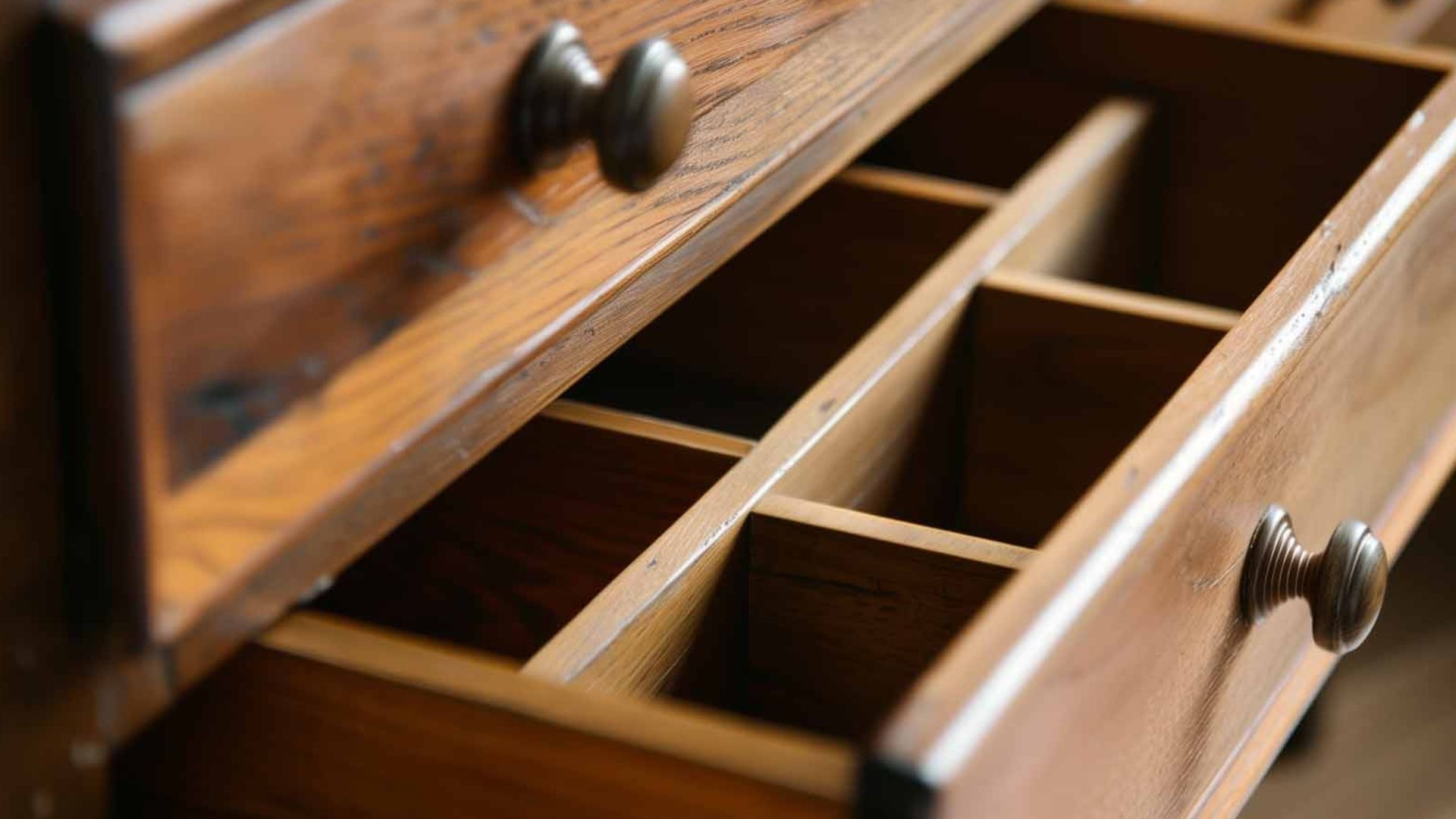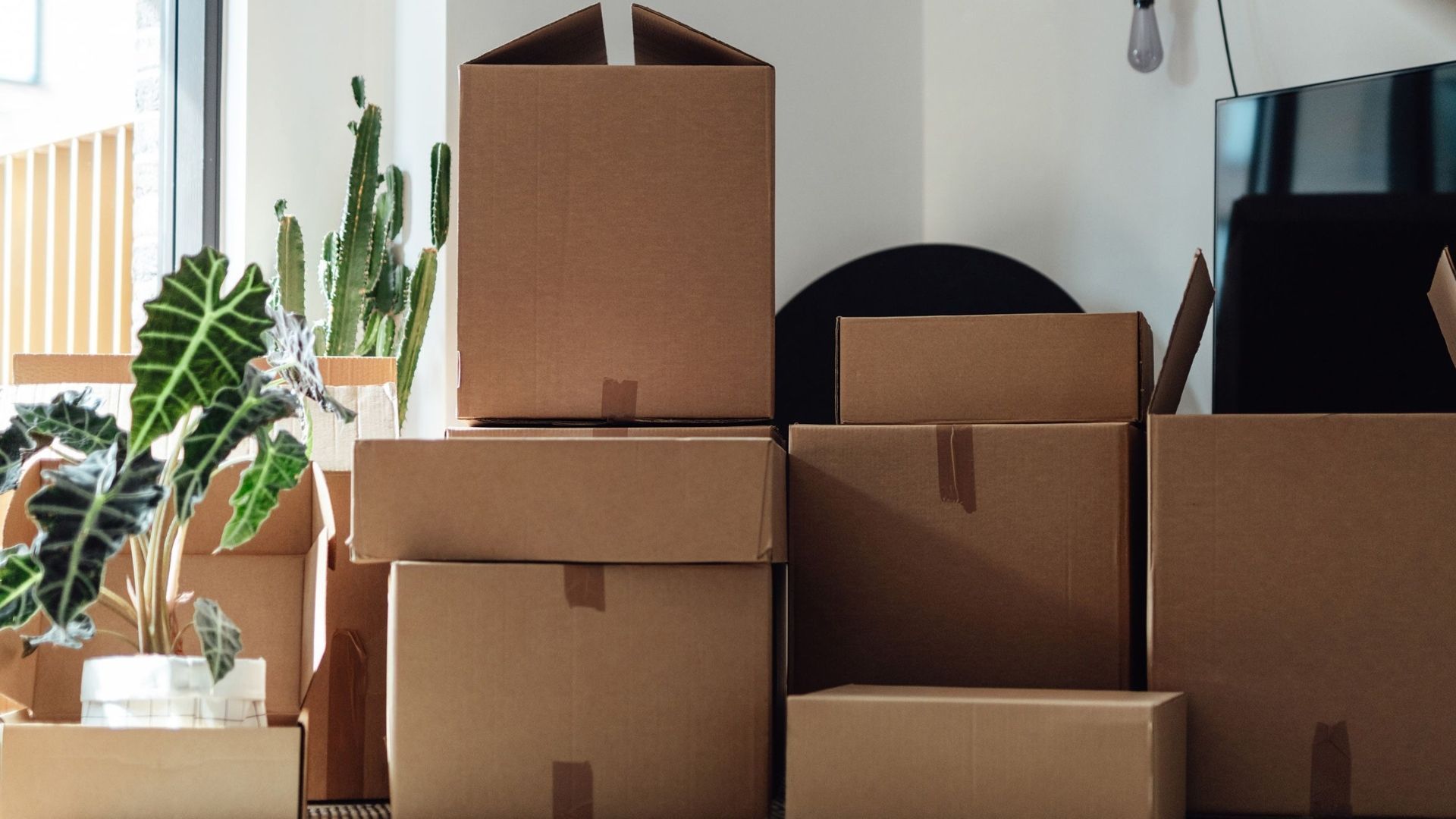How to Move Heavy Furniture Without Scratching Floors?
To Move heavy furniture without scratching floors using furniture sliders, blankets, towels, or cardboard as protective barriers. The key is always keeping something soft between your furniture and the floor while moving it.
Whether you're rearranging your living room or getting ready for a big move, protecting your floors should be a top priority. Floor repair costs can range from $25 to $100 for minor scratches, while more extensive damage can cost $500 to $2,000 or more depending on the flooring material. The good news is that with the right techniques and tools, you can easily avoid these costly repairs.
Why Floor Protection Matters During Moving
Moving heavy furniture is one of the biggest risks to your floors. A scratch, ding or dent in hardwood flooring can be devastating, just as it is in a new car. Even a small slip or wrong move can leave permanent marks that are expensive to fix.
According to the Federal Motor Carrier Safety Administration, household goods can be damaged during moves, and understanding protection options is crucial for homeowners.
The most common types of floor damage during moves include:
- Deep scratches from furniture legs
- Dents from dropped items
- Scuff marks from dragging
- Gouges from sharp corners
- Chips in tile or hardwood
The Real Cost of Floor Damage
Patching small holes, cracks, or gouges in hardwood floors typically ranges from $50 to $300, while fixing minor scratches or dents may cost as little as $25 to $100. However, more serious damage can be much more expensive. For instance, one homeowner faced a $4,800 security deposit claim for a 7-inch scratch in their wood floor.
Research from NASA's technical documentation shows that portable flooring systems have been developed specifically to protect finished surfaces during equipment movement, highlighting the importance of floor protection in professional settings.
Different flooring types have different repair costs:
- Hardwood: $50-$300 for small repairs
- Laminate: $100-$500 for small sections
- Tile: $100-$400 for chips and cracks
- Vinyl: $100-$300 for patches
Essential Tools for Floor Protection
Furniture Sliders: Your Best Friend
Furniture sliders help extend the life of your hardwood and tile floors by protecting them from damage and scratches. These small pads come in different materials:
Felt sliders work best on hard floors like hardwood, tile, and laminate. These floor sliders are made of HIGH DENSITY FELT AND RUBBER FOAM and keep their shape much longer than cheap quality pads.
Plastic sliders are perfect for carpeted floors. They glide smoothly over carpet fibers without getting stuck.
Rubber sliders provide extra grip and work well on most floor types.
Moving Blankets and Padding
Moving blankets are padded, heavy-duty blankets designed to wrap and protect furniture. They can also protect your hardwood floor from scuffing and scratching. Professional movers swear by these thick, protective covers.
Household Items That Work
You don't always need to buy special equipment. You can use old rugs, blankets, or towels as a floor covering for moving. These work especially well for:
- Covering large floor areas
- Protecting walkways
- Wrapping furniture legs
- Creating pathways
Step-by-Step Methods for Moving Heavy Furniture
Method 1: Using Furniture Sliders
This is the easiest and most effective method for most furniture.
- Clean the area first. Always sweep your floors and make sure there is no grit especially in the pathway you will be using. Small rocks or debris can scratch floors even with protection.
- Lift one corner of the furniture. Get help if needed - never try to move heavy items alone.
- Slide the furniture slider underneath. Lift up a corner of the piece to be moved and stick the slider underneath and continue on each corner or leg until each one is on a slider.
- Move slowly and carefully. Don't be in a hurry when moving heavy objects. If it slides off of its padding, damage can happen fast.
Method 2: The Blanket and Board Technique
For extremely heavy items like refrigerators or piano, professionals use this method:
- Lay a blanket on the floor. First, lay a blanket down on the floor. Then place two hard boards on top of the blanket.
- Use hardboard, not cardboard. The boards need to be really hard—cardboard won't work for this.
- Load onto a dolly. Load your item onto a hard-wheeled dolly, then wheel it across the first board and onto the second.
- Leapfrog the boards. Take the first board and place it down after the second board. Keep doing this until you've successfully moved the item across the floor.
Method 3: Cardboard Pathways
For a budget-friendly option, cardboard works well for lighter furniture.
Cardboard makes a great scratch-resistant surface over which you can drag the heaviest of dining room tables and armchairs. Create a pathway from the furniture to the door with broken-down boxes.
Important: Never use paper-based padding such as cardboard, as it can scuff hard surface floors on delicate surfaces. This method works best for moves where you're not worried about minor scuffing.
Protecting Different Floor Types
Hardwood Floors
Hardwood is beautiful but delicate. Never drag heavy furniture across the floor. No matter what type of wood floor you have, this can damage the surface of the finish and cause dents in the wood.
Best protection methods:
- Felt furniture sliders
- Moving blankets
- Soft towels or rugs
- Professional moving pads
Tile Floors
Tile floors, with their glossy finish and elegant appeal, can be particularly vulnerable to scratches and damage during a move. Use:
- Plywood or hardboard sheets
- Furniture sliders
- Moving blankets
- Professional-grade floor protectors
Carpet Protection
Even carpet needs protection. Use ram board: Ram board is a type of heavy-duty cardboard that can be laid down over carpeted floors to protect them from damage.
Smart Preparation Tips
Clean Before You Move
Don't underestimate the significance of working on a clean floor. Prior to the furniture-moving extravaganza, make sure you've swept and mopped the floor. Dirt and debris can turn into scratching agents under heavy furniture.
The Consumer Product Safety Commission emphasizes proper furniture handling to prevent accidents and damage during movement, which includes maintaining clean pathways.
Lighten the Load
Disassemble any furniture that can come apart. Moving large objects will be much easier and safer for your floors if you can carry individual pieces instead of the entire item.
Remove:
- Dresser drawers
- Table leaves
- Cushions
- Books from shelves
- Contents from cabinets
Measure Everything
Measuring and planning ahead can prevent mistakes that may lead to damaged floors. Don't risk a large piece of furniture not fitting in your new place.
Measure:
- Doorways
- Hallways
- Staircases
- Room dimensions
- Furniture dimensions
Professional Moving Techniques
Use the Right Dolly
If you use a dolly, make sure it has inflatable rubber wheels, not hard rubber. Hard rubber wheels, plus the weight of the object, can create the perfect storm for dents and damage.
Team Lifting
Not only can you prevent injury to yourself, but you can also prevent damage to hardwood flooring when you work with someone else to lift the object up off the floor before moving it.
The Centers for Disease Control and Prevention recommends staying clear of heavy furniture and objects that could fall during earthquakes, demonstrating the potential danger and weight of household furniture items.
The Professional Advantage
Professional movers have specialized equipment and years of experience. Professional movers use furniture pads, moving blankets, and floor runners for hardwood and laminate floors to protect against scratches and scuffs. If you're moving valuable or extremely heavy items, it might be worth hiring Edmonton movers who have the right tools and expertise.
Common Mistakes to Avoid
Don't Rush the Process
Even a little bit of sliding can be detrimental to your floors. Instead of pushing or pulling your piece into place, lift it up once more and gently set it down in its new spot.
Watch Out for Wheels
Always be careful of wheels. Just because a piece is on wheels, doesn't mean that those wheels won't scratch or dent your wood floors. Place protection under wheeled furniture too.
The U.S. Geological Survey notes that heavy furniture and appliances can move across floors during events like earthquakes, emphasizing the importance of proper floor protection during any furniture movement.
Don't Forget the Corners
Sharp furniture corners are floor killers. Always wrap corners with blankets or padding before moving.
DIY Protection Solutions
Towel Method
Choose something that will easily move across the floor like folded towels, thick moving blankets, small area rugs or carpet remnants with the fuzzy side toward the wood floor.
Steps:
- Fold towels to create thick pads
- Place under each furniture leg
- Move slowly and check frequently
- Replace towels if they slip
Old Blanket Technique
Your old towels and blankets can serve you as a moving blanket. This is particularly useful if you have to move several times shortly.
This works well for:
- Wrapping furniture completely
- Creating floor pathways
- Padding sharp corners
- Protecting walls during moves
Rug Runners
Use old rugs or carpet remnants to create pathways. Make sure to shake them out to avoid any grit or debris before placing them on your floors.
Emergency Fixes for Minor Damage
If you do get a small scratch, don't panic. Fix small damaged areas with a stain touch-up marker that matches your floor. Many hardware stores sell wood stain markers for quick touch-ups.
For deeper scratches, you might need professional help, but minor surface scratches can often be buffed out with the right products.
When to Call Professionals
Consider hiring professional movers when:
- Moving extremely heavy items (pianos, safes, large appliances)
- Dealing with valuable antiques
- Moving in or out of multi-story buildings
- Working with delicate or expensive flooring
Local moving companies have specialized equipment like piano dollies, appliance straps, and professional-grade floor protection. They also carry insurance to cover any accidental damage.
Storage and Moving Day Tips
Protect High-Traffic Areas
Create a path with your rugs, blankets, or towels for movers to protect floors against dents or scuffs. Focus on:
- Entryways
- Hallways
- Stairs
- Main walkways
Use Proper Footwear
Shoes can cause damage to flooring that's easy to prevent. Use disposable shoe booties to avoid scuffs and keep dirt at a minimum.
Plan Your Route
Before moving anything, plan the exact path from its current location to its destination. This reduces the time furniture spends sliding across your floors.
Final Thoughts
Moving heavy furniture without scratching floors is totally doable with the right preparation and tools. The key is always keeping something protective between your furniture and the floor - whether that's furniture sliders, moving blankets, or even old towels.
Remember, the cost of repairing a damaged floor can add up quickly. That's why it's essential to take preventive measures when moving furniture. A few dollars spent on furniture sliders or moving blankets can save you hundreds in floor repairs.
If you're planning a move in the Edmonton area and want professional help protecting your floors and furniture, contact Last Stop Moving for a free estimate. Our experienced team knows how to move your belongings safely while keeping your floors looking perfect.
The investment in proper floor protection always pays off. Your floors will thank you, and you'll have peace of mind knowing your home stays beautiful throughout the moving process.



